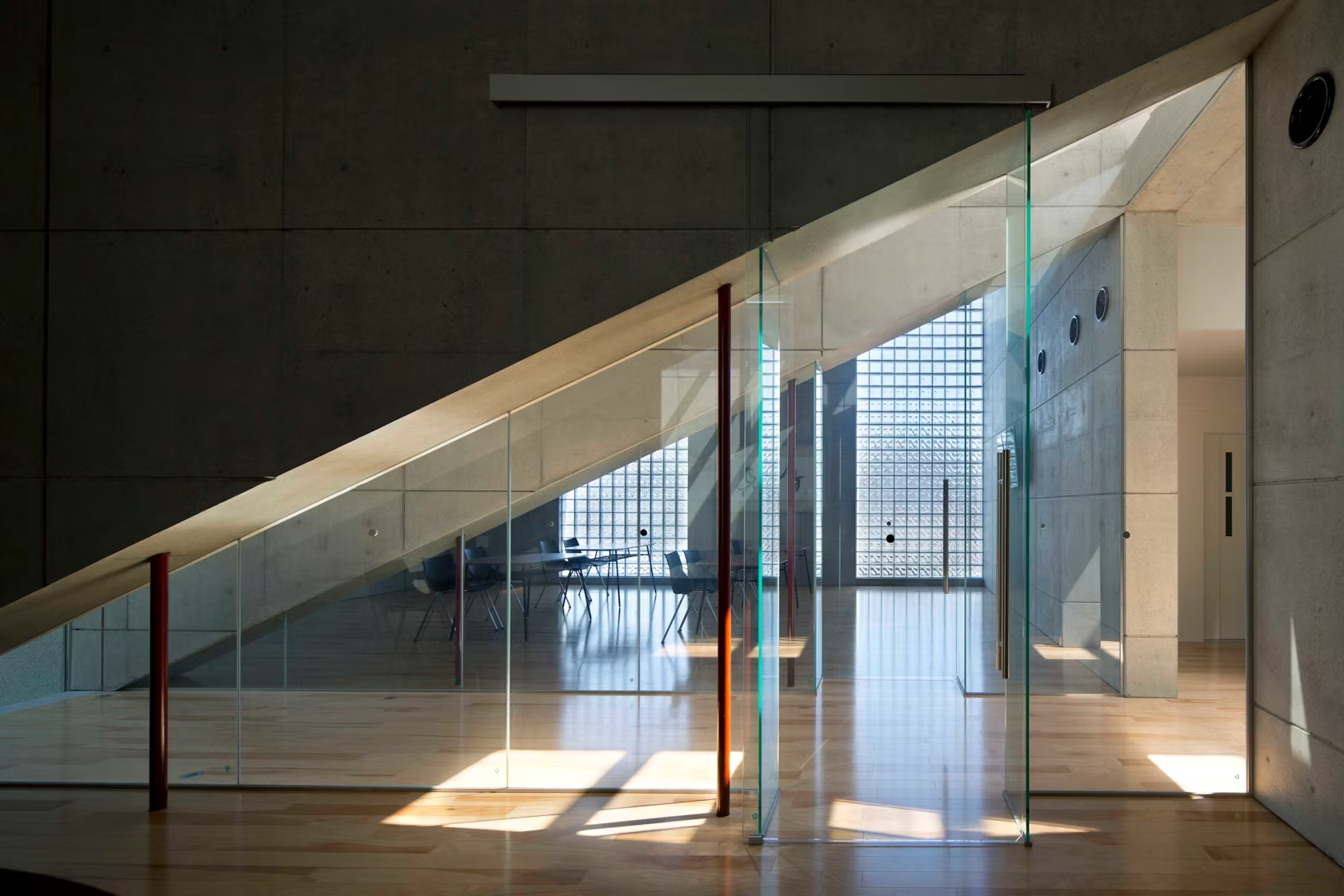Light, Utility and Art: The Early History of Glass Blocks
- Frida Luo
- Sep 1
- 3 min read
Origin & Functional Beginnings of Glass Brick(Late 19th Century–1920s)
Modern glass bricks have their roots in industrial-era innovations aimed at solving a practical problem: how to bring natural light into dark, enclosed spaces in increasingly dense urban environments. In areas like basements, stairwells, and service corridors—where windows weren’t feasible—architects turned to prism tiles and vault lights to refract daylight into the shadows.

By the early 20th century, hollow glass blocks emerged as a durable and efficient evolution of this idea. Semi-translucent, structurally sound, and easy to install, these blocks allowed light to filter through walls while still offering privacy.
A key early innovator was Swiss architect Gustave Falconnier, who patented his briques de verre—modular hollow glass blocks—in the 1880s and showcased them internationally by the 1890s. His work laid the conceptual foundation for treating glass not only as a tool for daylighting functional spaces, but also as a material with potential for façade design and aesthetic expression.

This shift in perception was furthered by American architect Frank Lloyd Wright, who in the 1890s collaborated with the Luxfer Prism Company to design a tile of prismatic glass that combined function with ornament. The Luxfer tiles were engineered to direct daylight deep into interiors, but Wright’s version introduced abstract geometric patterns that reflected his unique architectural language. Though small in scale, these tiles marked an early moment where glass began to bridge the gap between utility and artistry.


Aesthetic Transformation: Art Deco and Modernism(1930s–1950s)
Art Deco emerged in the 1920s with a focus on symmetry, clean geometry, and polished materials. It reflected the spirit of the machine age—refined, orderly, and optimistic.
Glass blocks fit naturally into this style. Their semi-translucent texture made them ideal for walls, corners, and partitions that allowed in light while maintaining privacy. They were widely used in commercial and public buildings.

At the same time, modernist architects began to treat light as a design element in its own right. Glass blocks, with their ability to diffuse daylight evenly, supported this shift—simplifying surfaces while adding depth and brightness.
One of the most iconic examples of this period is the Maison de Verre (“House of Glass”) in Paris, completed in 1932 by Pierre Chareau and Bernard Bijvoet. Though not the first to use glass blocks, it was the first to apply them so extensively on an exterior wall. Built entirely from industrial blocks by Saint-Gobain, it showed that glass could replace masonry—embodying material honesty and the modernist ideals of openness and clarity.

Together, the Art Deco and early modernist eras marked a critical shift in the role of glass blocks. No longer confined to industrial use, they became a medium for shaping light, form, and spatial rhythm. This transformation laid the groundwork for the material’s future revivals and creative reinterpretations in the decades to come.
At SH Chanson, we continue this design legacy by offering high-quality architectural glass blocks that meet the demands of both function and aesthetics.
To ensure consistent performance, each block is assessed not only for weight and structural integrity but also for internal clarity—minimizing surface warping, controlling bubble formation, and ensuring a clean, luminous finish. Our production line is nearly fully automated using German-imported machinery, which enables precise control and batch-to-batch consistency.
Whether you're seeking bold transparency, subtle diffusion, or sculptural elegance, our curated glass block collections are here to inspire your next project.
📌Want to explore more of our glass blocks?
Visit our Glass Block Page or contact us to explore samples and customization options.
I hope you enjoyed this blog! Thank you for your time.

















Comments